Scientific Initiatives and projects
Oswaldo Meneses Serpentarium of the Mayor National University of San Marcos - Perú
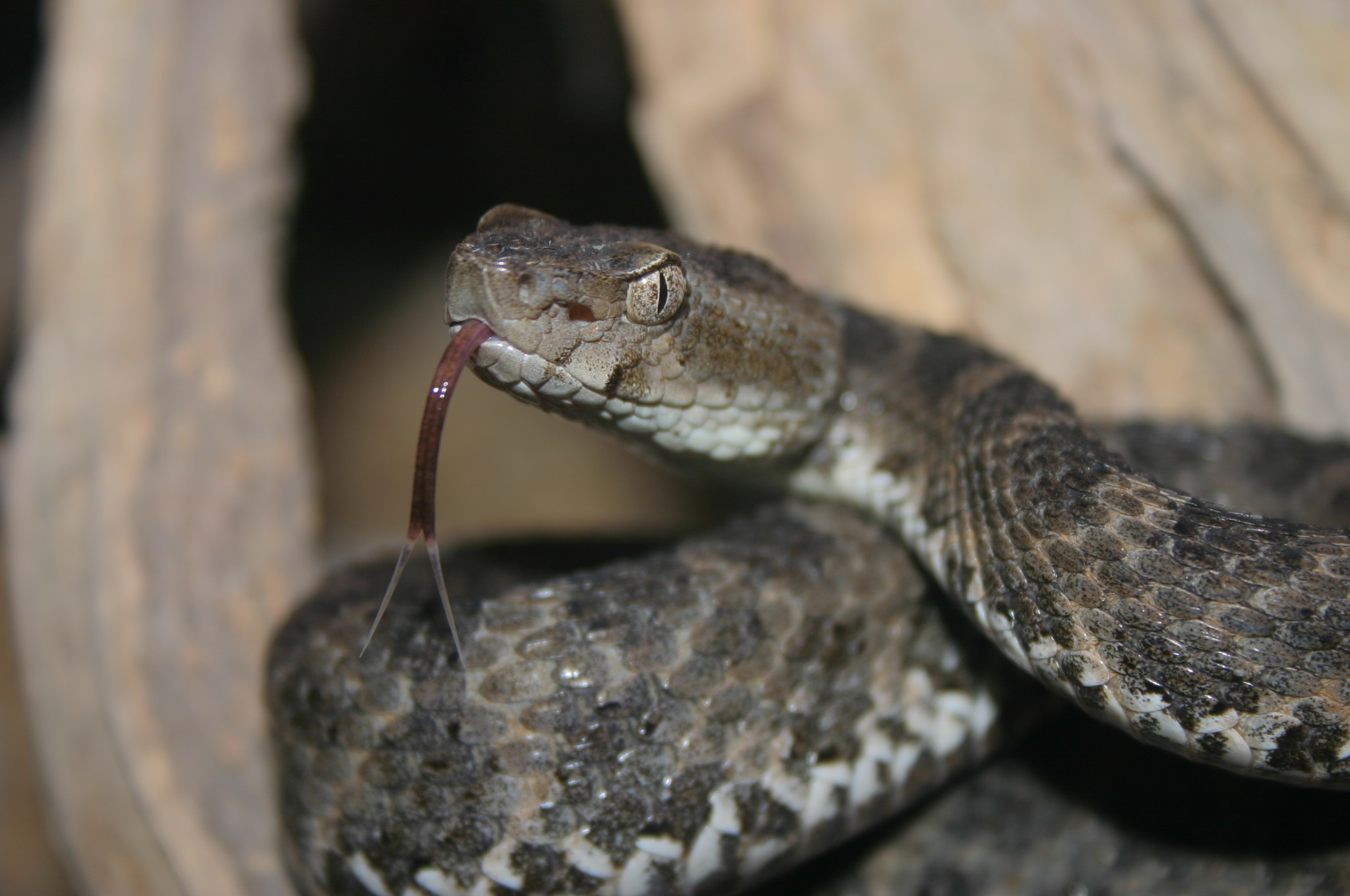
The “Oswaldo Meneses” serpentarium was created in May 1993 and belongs to the Molecular Biology Laboratory of the Faculty of Biological Sciences – Universidad Nacional Mayor de San Marcos (Lima – Peru), under the direction of Dr. Armando Yarlequé. Its facilities house specimens of the most clinically important species in Peru, such as Bothrops atrox, B. pictus, B brazili, B. oligolepis, Crotalus durissus, and Lachesis muta; as well as non-venous specimens such as Boa constrictor and Epicrates cenchria. The main objective of the serpentarium is to study the species that cause the largest casuistry of ophidism in Peru, also, through the extraction of the poison, studies are carried out at the biochemical and molecular level of the most representative components in cases of poisoning to achieve their functional understanding and with them contribute to the best strategies for their neutralization.
Keywords: Ophidism, venom extraction, antivenom, venomous snakes.
Serpentarium of Venomous Animals, Fundação Ezequiel Dias - Brazil
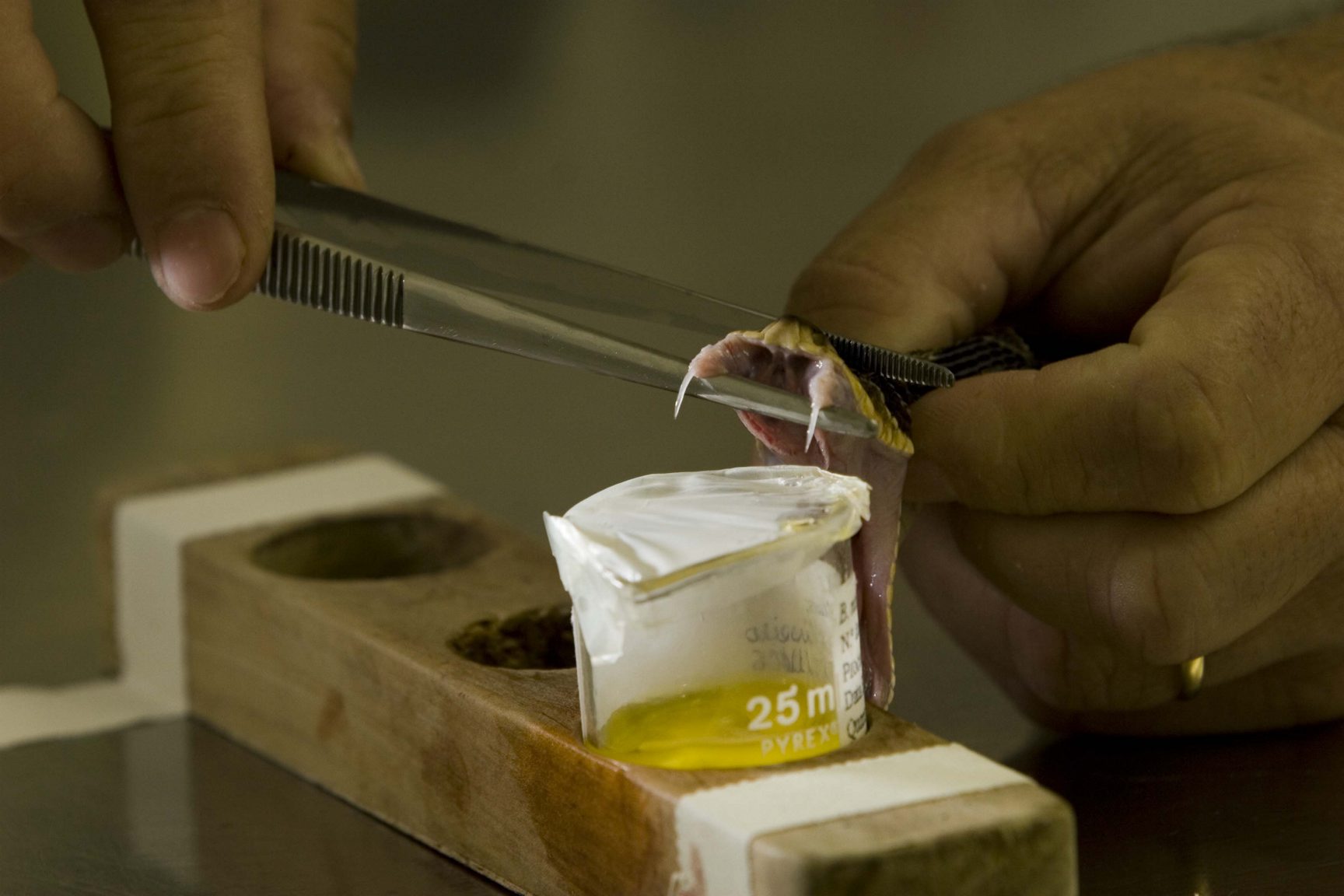
The Serpentarium of Venomous Animals of the Fundação Ezequiel Dias (FUNED), Belo Horizonte, Minas Gerais, Brazil, founded in 1918, aims to receive and raise snakes (venomous and non-venomous) and scorpions, for the extraction of venoms to immunize animals, mainly horses, intended for the production of antivenom and anti-arachnid serum, as well as providing high quality venom samples for scientific research purposes. A group of animals intended for those specific purposes is not available to the public. The serpentarium also participates in the dissemination of knowledge related to various aspects of the toxinology of venomous animals. In-person attention to the population is by e-mail (sap@funed.mg.gov.br) or via SAC (0800-283-1980). On the other hand, a permanent exhibition of live snakes, scorpions and spiders of the Brazilian and exotic fauna is available for public visit, as well as replicas and banners. Likewise, the serpentarium organizes seminars for students of faculties, technical courses, schools, companies and government bodies through agendas and following the procedures of the area.
Keywords: Ophidism, venom extraction, antivenom, venomous snakes.
Pucarara Project - Bolivia
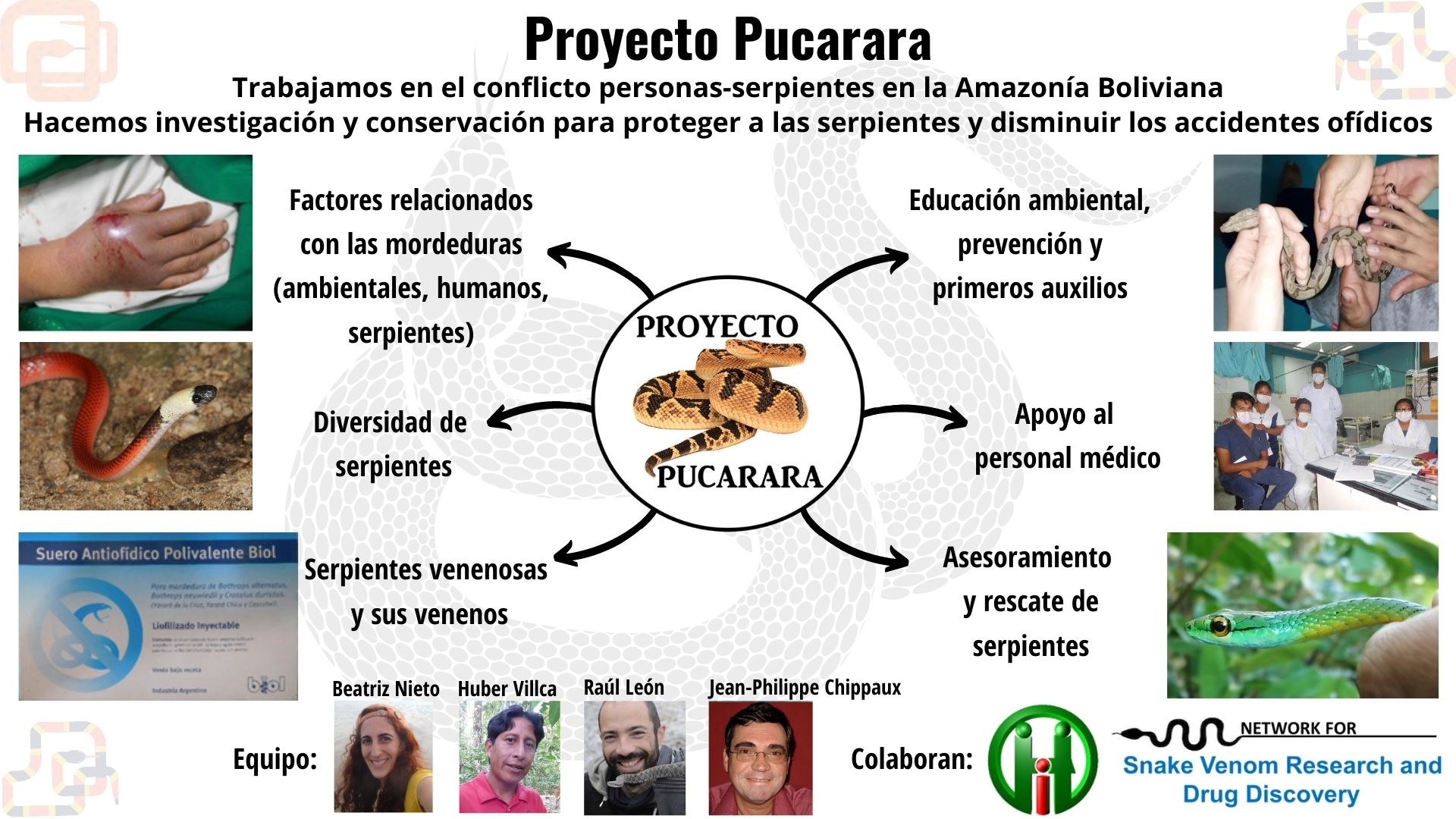
The human-snake conflict generates both a conservation and a public health problem. Since some species are venomous and the negative beliefs we have about them, snakes are among the most feared, even hated animals, and suffer very intense and indiscriminate persecution that threatens their conservation. On the other hand, snakebite can be fatal or leave permanent sequelae. Therefore, at Pucarara Project we work to help reduce this conflict in the Bolivian Amazon, doing research and conservation to reduce snakebite and protect snake populations. We are a multidisciplinary team that, through an ecological, epidemiological, herpetological, and clinical approach, study the factors related to snakebite, the snake biodiversity, and aspects of their ecology, we train and support medical personnel to improve the diagnosis of ophidian envenoming, we teach prevention and first aid in conflict areas, and we carry out a lot of environmental education to create awareness of the snakes of our region and their relationship with the balance of ecosystems and human well-being.
Keywords: snakebite, snake biodiversity, venomous snakes, environmental education, prevention.
Citizen Science: Elaboration of the first snakebite database of Chile
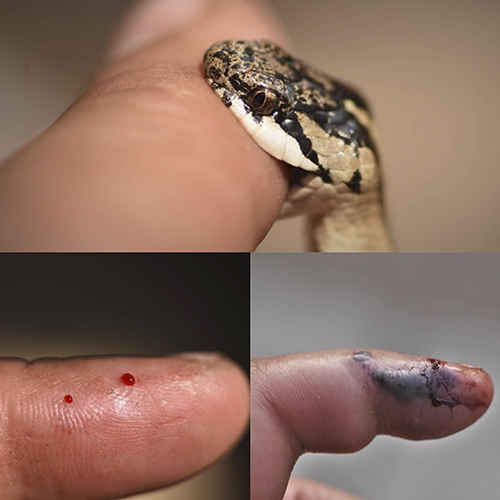
Although evidence concerning snake envenoming caused by Chilean snake species exists from the 1940s, poorly available information on snakebite envenoming situates Chile within countries with insufficient clinical and epidemiological information. Moreover, the low incidence of snakebites and lack of human mortality associated with snake envenoming have led to the underestimation of morbidity and non-inclusion in official health programs. Certainly, this knowledge gap highlights the need for identifying the research focus that requires important contributions for new treatments and effective diagnosis as well as molecular and preclinical information.
We are elaborating the first Snakebite Database of Chile, based on citizen collaboration. If you had an ophidian accident (bites without or with symptomatology), you can participate in filling this form, and we will contact you for studying your case!
Keywords: Philodryas, Tachymenis, ophidian accidents treatment, Chile.
Chilean Bulletin of Herpetology (ISSN 0719-6172)
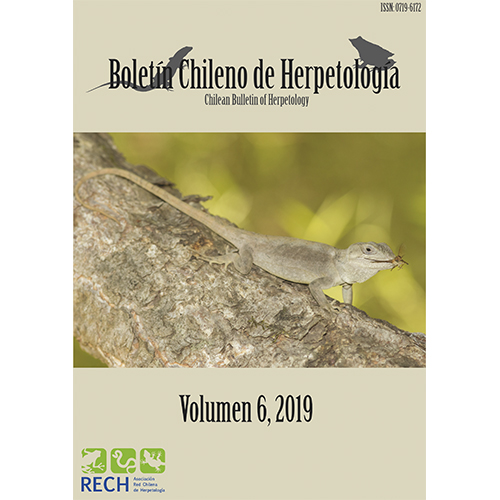
In 2014, Dr. Félix A. Urra, Dr. Damien Esquerré, and Jaime Troncoso-Palacios founded the Boletin Chileno de Herpetologia (Chilean Bulletin of Herpetology), the first and only means of scientific and naturalistic dissemination dedicated to the amphibians and reptiles of Chile. The Bulletin publishes works on taxonomy, biology, and natural history of these animals. As of 2019, the Bulletin allied with the Red Chilena de Herpetología (Chilean Network of Herpetology (RECH)), and we have extended our editorial body to include experts in different areas that handle the work we receive. The Bulletin is of free-of-charge publication and distribution, no income is generated from it. It is only a disinterested effort for the expansion of our herpetological knowledge. Currently, Dr. Urra is the Editor-in-Chief of BCH.
For submission of manuscripts and access to previous volumes, visit: http://www.boletindeherpetologia.com/
Keywords: Journal, Herpetology, Reptiles, Amphibians.
